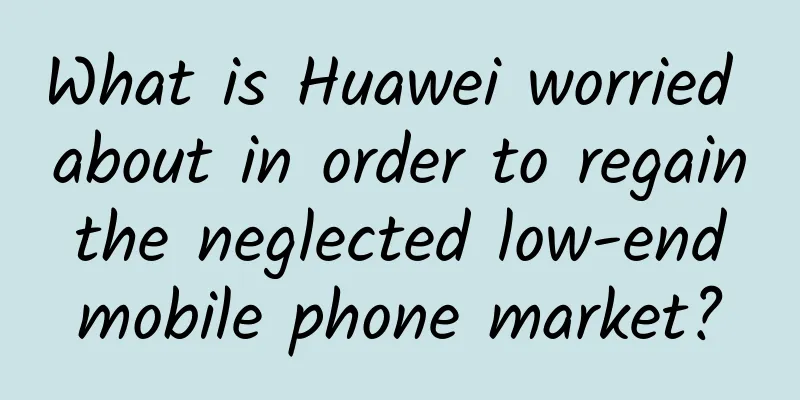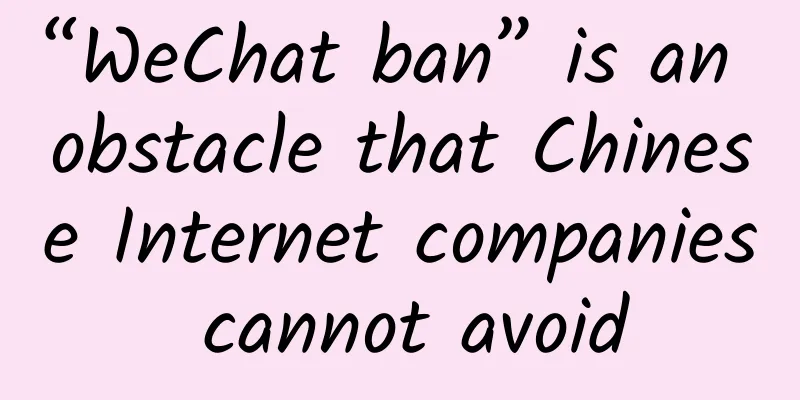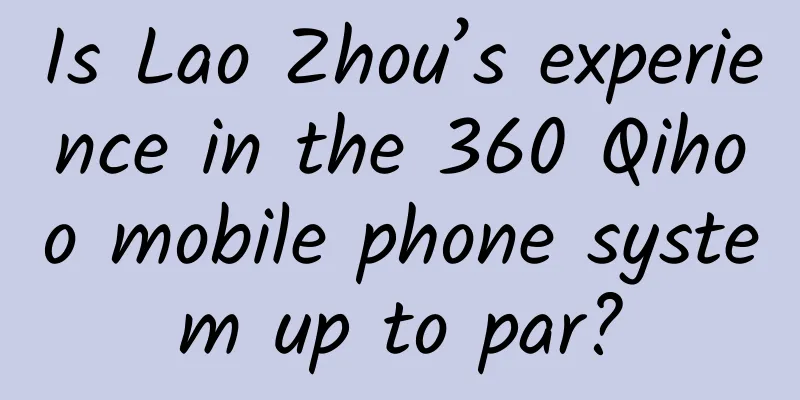What is Huawei worried about in order to regain the neglected low-end mobile phone market?

|
Recently, it was reported that Ren Zhengfei, the founder of Huawei, said at an internal company briefing that Huawei should also pay attention to low-end mobile phones. Ren Zhengfei said, "More than 90% of the world's population is poor, and low-end mobile phones from our competitors have a market for the poor. Don't underestimate them. Huawei also wants to make low-end phones, and our old products may be used to make low-end phones." Huawei's current strategy is to fully enhance its brand premium and move unswervingly towards the high-end market, and the shipments of mid-to-high-end mobile phones have grown steadily. Earlier, Huawei Consumer Business CEO Yu Chengdong said that Huawei's mobile phone shipments in the first three quarters reached 112 million units, a year-on-year increase of 19%, surpassing Apple in overall shipments. Currently, Huawei Mate 10 is directly challenging Apple and Samsung's high-end flagships. Why did Huawei say at this juncture that it would turn back to pay attention to the low-end market? We know that Huawei itself has always been in the high, medium and low-end markets, and has always had a layout. Huawei Enjoy and Maimang series are typical of Huawei's low-end phones. However, Huawei currently emphasizes profit first in its consumer business, so the high-end market is the main market that Huawei currently wants to conquer. The reason why Huawei proposed to re-emphasize the low-end market is that most domestic mobile phones have given up the low-end cost-effective strategy in order to improve their own brand premium and obtain more profits, and collectively entered the mid-to-high-end market. The low-end market is almost a vacuum and has been artificially ignored by manufacturers. Because of this, Xiaomi, which has always been closely involved in the low-end market, has once again reaped the benefits of the low-end market. Xiaomi's shipments have rebounded this year. In 2016, Xiaomi's sales fell by 36%. The industry once believed that Xiaomi's cost-effective strategy had failed. In order to avoid repeating Xiaomi's mistakes, many manufacturers have moved towards the mid-to-high-end market. However, in the second quarter of 2017, Xiaomi's sales volume rebounded rapidly, and in the third quarter of 2017, Xiaomi claimed to have shipped 10 million units in a single month. One reason is that Xiaomi's Redmi brand in the low-end market has seen a rapid growth in shipments. According to the monthly mobile phone sales rankings released by the Ministry of Industry and Information Technology in July, Redmi 4X ranked second in the domestic market. It can be seen that when Huawei and OV were collectively focusing on the mid-end market, Xiaomi almost completely harvested the low-end and mid-end market. Another reason is that Xiaomi is making continuous progress in the Indian market. In the Indian market, its Redmi Note 4 has become the best-selling mobile phone model. Xiaomi executives previously said that the monthly shipments in the Indian market set a new record of 4 million units. Xiaomi's low-price and cost-effective strategy just caters to the national conditions of the Indian market, which has also caused Huawei's vigilance to some extent. And this is what Huawei is anxious about. According to market research firm Counterpoint Research, as of the second quarter of 2017, Samsung Electronics is the leader in the Indian smartphone market. Samsung Electronics is followed by Xiaomi, vivo, OPPO and Lenovo (including Motorola business). Huawei has surpassed Apple in overall shipments, but failed to rank among the top five in the Indian smartphone market, which can be said to be a big mistake for Huawei. Because in today's global market, the Indian market is the fastest growing market for smartphones, and India has a large population base, so the future market prospects are very large. If Xiaomi, OV, Samsung and other brands occupy the top of the sales rankings in the Indian market for a long time, they will seize the minds of Indian users at the brand level. As Xiaomi, OV and other brands take root in the Indian market, it will become increasingly difficult for Huawei to break into the low-end market in India. If sales are not increased, the new growth space in the future will be limited. Therefore, Huawei emphasizes the importance of the high-end market. What may be worrying is that Xiaomi's rapid growth in the mid-to-low-end market, especially in India, will surpass Huawei again in future shipments. Huawei began to feel a sense of crisis. This month, Huawei took the lead in launching a new phone in India that targets the mid-to-low-end market, named Huawei Honor 9i. Because in the current mid-to-high-end replacement market, people's replacement cycle is getting longer and longer, and it is becoming increasingly difficult to continue to make breakthroughs in the mid-to-high-end market. But for mobile phone manufacturers, they all need new growth points. With the saturation of the domestic low-end market, Xiaomi has found a good outlet in the huge Indian market, while Huawei phones are currently not well developed in the Indian market. Huawei, which has always emphasized its entry into the US market, also faces many obstacles in its development in the US market. Huawei's Mate series has made certain achievements in the domestic 4,000 yuan market, but if the low-end market is left alone, it may face a serious crisis in the future. Although Huawei has always emphasized that profit should be prioritized, in fact, emphasizing profit priority may sacrifice sales. In the mobile phone market, a decline in sales is a dangerous signal, especially for domestic companies that do not have a say in the supply chain, operating system, and core technology. Once sales decline, the impression given to the outside world is often a signal of decline. For the mobile phone market, we need to talk about momentum. In the past two years, Huawei's overall mobile phone shipments have been good. Now that sales are on the rise, the important thing now is how to stabilize this upward momentum. And re-paying attention to Xiaomi, re-understanding Xiaomi, and even re-learning Xiaomi may be what Huawei needs to do now. Many years ago, HTC, which did not have the brand premium for the high-end market, gave up the "sea of machines strategy" and instead reduced its models to move to the high-end market. This is well known in the industry, but the author believes that this mistake in market strategy not only led to its unclear positioning, but also the flow to the high-end market will inevitably have an important strategic impact, that is, according to the view in the book "The Innovator's Dilemma": "The low-end value network forms a competitive vacuum, and attracts emerging companies whose technology and cost structure are more matched with this value network to participate in the competition." That is to say, after HTC's current shift to the high-end, the vacuum in the low-end value network was filled by domestic mobile phones such as Xiaomi. Later, HTC's high-end market was weak and wanted to turn around and move to the low-end, but the difficulty can be imagined. Of course, Huawei's technological R&D strength, supply chain and brand are unmatched by HTC, but the principle is the same. If this low-end value network vacuum is filled by other manufacturers' brands and the user's mind is occupied, it will be more difficult for Huawei to break in again. Currently, many analysts believe that Huawei has re-emphasized the low-end market, and Xiaomi and Samsung's market share in the low-end market may be eroded. But in fact, the situation Huawei faces is not so optimistic. After all, Xiaomi has already made the cost-effectiveness of low-end mobile phones deeply rooted in the hearts of the people, and it is difficult for Huawei to learn from Xiaomi's low-cost strategy. Xiaomi has a more thorough understanding of the experience and demand of mid- and low-end models, has cultivated a certain degree of user loyalty, and has a deep understanding of Internet marketing methods. After all, Xiaomi has more experience than Huawei in how to sell low-end mobile phones, and it is also a force that cannot be ignored. Over the past few years, the industry has always compared Huawei and Xiaomi, because they represent different development models and routes of mobile phone manufacturers. However, with the decline of Xiaomi last year, the industry has paid more attention to the competition between Huawei and OV. However, from the current perspective, Xiaomi seems to have a chance to turn the tables. The war between Huawei and Xiaomi is far from over. As a winner of Toutiao's Qingyun Plan and Baijiahao's Bai+ Plan, the 2019 Baidu Digital Author of the Year, the Baijiahao's Most Popular Author in the Technology Field, the 2019 Sogou Technology and Culture Author, and the 2021 Baijiahao Quarterly Influential Creator, he has won many awards, including the 2013 Sohu Best Industry Media Person, the 2015 China New Media Entrepreneurship Competition Beijing Third Place, the 2015 Guangmang Experience Award, the 2015 China New Media Entrepreneurship Competition Finals Third Place, and the 2018 Baidu Dynamic Annual Powerful Celebrity. |
Recommend
Do goldfish have a positioning system? Scientists have discovered a novel experimental method to unlock the secrets of the human brain's GPS
Goldfish spend most of their time swimming gracef...
It’s dangerous at heights, many people fell to their deaths! How to prevent high-fall accidents?
December 22, 2021 Xiangcheng District, Suzhou Cit...
Daily Fresh Product Analysis Report
On July 23, 2020, MissFresh announced that it had...
Users are expensive, channels are expensive, promotion is expensive...How should we operate?
In the era of super users , if I had to sum it up...
55-inch 4K cost-effective king Fengxing TV unboxing photos
A 55-inch 4K TV can be bought for less than 3,000...
ASUS PadFone mini full review: one device plays two roles
In terms of appearance, the ASUS PadFone mini cont...
Correctly understanding sleep and snoring can help us sleep better!
Author: Wu Xiaoli, deputy chief physician of Chin...
Electric Technology Car News: Peugeot 5008 vs. Kodiaq: Which is more important, appearance or performance?
In today's age where everyone looks at their ...
The number of such patients is the highest during the Spring Festival every year! Huaxi Emergency Hospital experts teach you a trick that can save lives in an emergency
Tomorrow is New Year's Eve. Are you on your w...
How to edit video tutorials on Tik Tok? (7 tips for shooting videos)
With the rapid development of Douyin 's inter...
Life blooms, flames dance...space experiments are so interesting!
Produced by: Science Popularization China Author:...
[Smart Farmers] Understanding in one picture: How to verify the safety of genetically modified foods?
[Smart Farmers] Understanding in one picture: How...
The 5-year-old iPad is at a crossroads. Where should it go?
On April 7, Apple has launched the classic tablet...
Wang Xiao of Jiuhe Venture Capital: Is technology really just a job for the young?
[51CTO.com original article] The WOTA Global Arch...
Are 400 numbers useful? What are the functions of 400 numbers?
There are two main ways for enterprises to handle...









